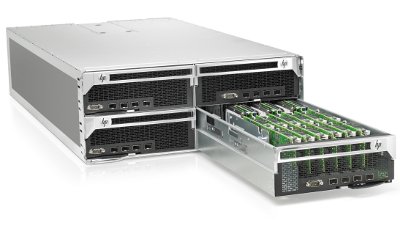Companies behind TryStack, the free testing environment for software written to run on the OpenStack cloud platform, have added a “zone” running on an ARM-based compute cluster. The cluster is hosted at a Texas data center.
Announcing the launch in a blog post, John Mao, who does product marketing at Calxeda, said four companies contributed to the project: Calxeda, Canonical, CoreNAP and HP. Calxeda is a manufacturer of many-core ARM processors, Canonical provides services built around the open-source Ubuntu Linux operating system, and CoreNAP is a data center provider in Austin, Texas.
HP has an ARM-based server platform it built for development purposes called Redstone. The platform, developed under HP’s many-core program Moonshot, uses Calxeda’s EnergyCore ARM Cortex processors.
Many-core processors trade performance for low power consumption. Originally designed for mobile devices, ARM processors in servers are explored primarily for web-scale applications – such as Facebook – or cloud infrastructure, deployed on massive compute clusters.
TryStack’s ARM cluster at CoreNAP’s Austin data center is an alternative to the first TryStack cluster built out of traditional x86 servers. The team behind the project is planning to merge the two, however.
“While we are currently standing up a separate OpenStack cluster for this new ARM zone, we have every intention of working with the TryStack volunteers to merge these into a single large, heterogeneous cluster,” Mao wrote.
Users that wish to give OpenStack, an open-source cloud operating system, on the ARM cluster a test drive can join TryStack’s Facebook group, where they will find instructions for spinning up virtual Ubuntu instances.
Like with the x86 TryStack cluster, launched in February, instances will only stay up for 24 hours, after which they will be wiped to free up the resources.

